
Flood Risk Mapping and the Distributional Impacts of Climate Information
This paper investigates the impacts of new information and of information access costs on the demand for disaster insurance.
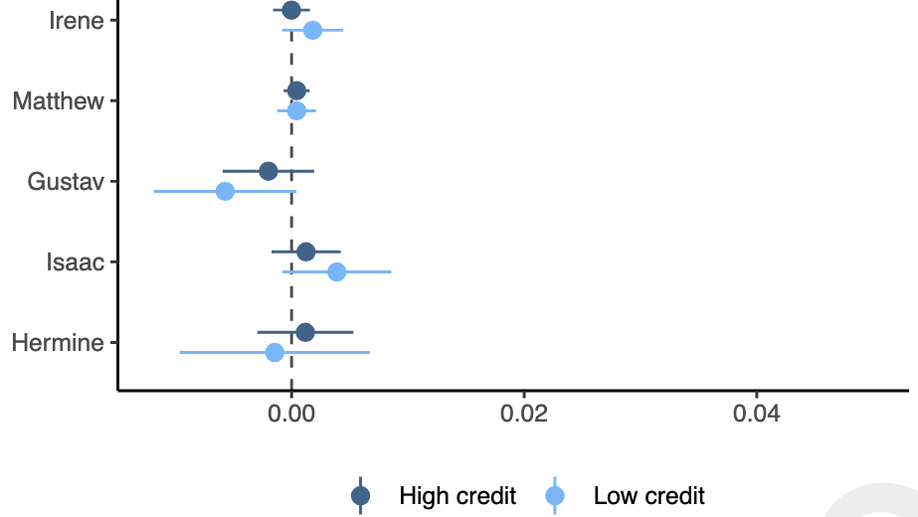
Hurricanes and Migration: New Evidence from Credit Bureau Microdata
We use credit bureau microdata containing the quarterly locations of 20 million Americans to examine migration responses to 10 hurricanes between 2005 and 2017. We find that flooding from the largest hurricanes caused small increases in migration in the two years following the largest storms, while smaller hurricanes or exposure to high winds alone have limited effect on migration patterns. The results do not vary with individual credit scores, suggesting that credit constraints do not substantially affect migration. Despite short-term increases in migration following large storms, we find that Hurricane Katrina is the only storm that caused a meaningful long-run population decline in flooded areas. Our findings show that except for the most catastrophic hurricanes, post-disaster migration is unlikely to decrease population exposure in hurricane-prone areas.
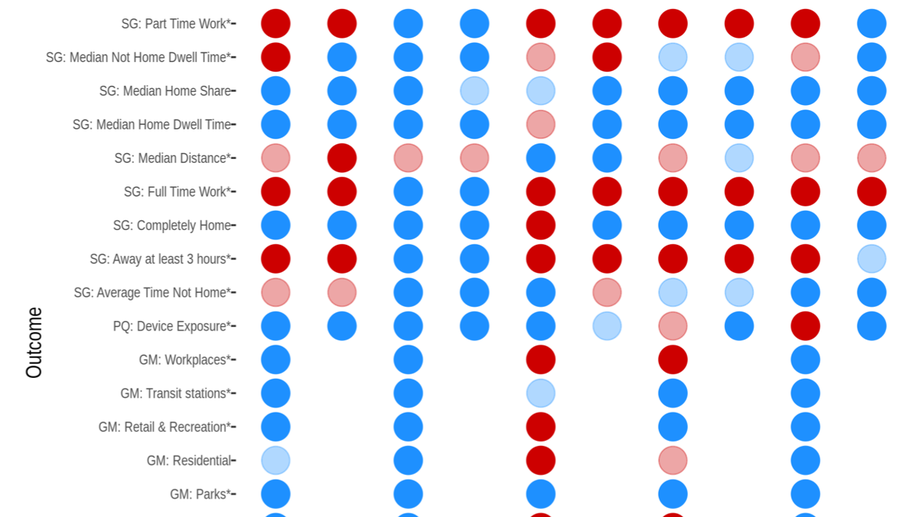
Researchers' degrees of flexibility: Revisiting COVID-19 policy evaluations
Empirical research involves multiple, seemingly-minor choices that can substantially impact a study’s findings. While acknowledged, the importance of these “degrees of flexibility” on published estimates is not well understood. We examine the considerable literature focused on the impacts of early COVID-19 policies on social distancing to assess the role of researchers' degrees of flexibility on the estimated effects of mobility-reducing policies. We find that estimates reported in previous studies are not robust to minor changes in typically-unexplored dimensions of the degree of flexibility space, and usual robustness tests systematically fail to detect these issues.
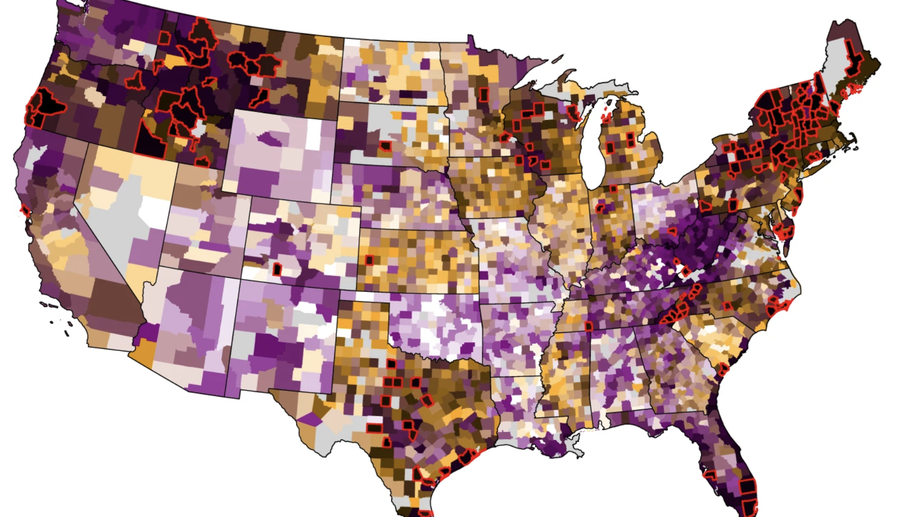
Unpriced climate risk and the potential consequences of overvaluation in US housing markets
Climate change impacts threaten the stability of the US housing market. In response to growing concerns that increasing costs of flooding are not fully captured in property values, we quantify the magnitude of unpriced flood risk in the housing market by comparing the empirical and economically efficient prices for properties at risk. We find that residential properties exposed to flood risk are overvalued by US$121–US$237 billion, depending on the discount rate. In general, highly overvalued properties are concentrated in counties along the coast with no flood risk disclosure laws and where there is less concern about climate change. Low-income households are at greater risk of losing home equity from price deflation, and municipalities that are heavily reliant on property taxes for revenue are vulnerable to budgetary shortfalls. The consequences of these financial risks will depend on policy choices that influence who bears the costs of climate change.
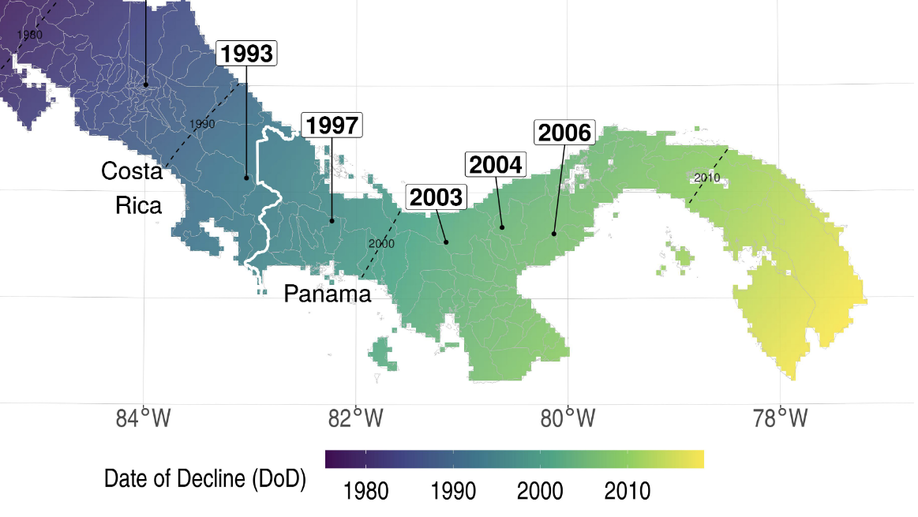
Amphibian collapses increased malaria incidence in Central America
Biodiversity in ecosystems plays an important role in supporting human welfare, including regulating the transmission of infectious diseases. Many of these services are not fully-appreciated due to complex environmental dynamics and lack of baseline data. Multicontinental amphibian decline due to the fungal pathogen Batrachochytrium dendrobatidis (Bd) provides a stark example. Even though amphibians are known to affect natural food webs—including mosquitoes that transmit human diseases—the human health impacts connected to their massive decline have received little attention. Here we leverage a unique ensemble of ecological surveys, satellite data, and newly digitized public health records to show an empirical link between a wave of Bd-driven collapse of amphibians in Costa Rica and Panama and increased human malaria incidence. Subsequent to the estimated date of Bd-driven amphibian decline in each ‘county’ (canton or distrito), we find that malaria cases are significantly elevated for several years. For the six year peak of the estimated effect, the annual expected county-level increase in malaria ranges from 0.76 to 1.1 additional cases per 1000 population. This is a substantial increase given that cases country-wide per 1000 population peaked during the timeframe of our study at approximately 1.5 for Costa Rica and 1.1 for Panama. This previously unidentified impact of biodiversity loss illustrates the often hidden human welfare costs of conservation failures. These findings also show the importance of mitigating international trade-driven spread of similar emergent pathogens like Batrachochytrium salamandrivorans.
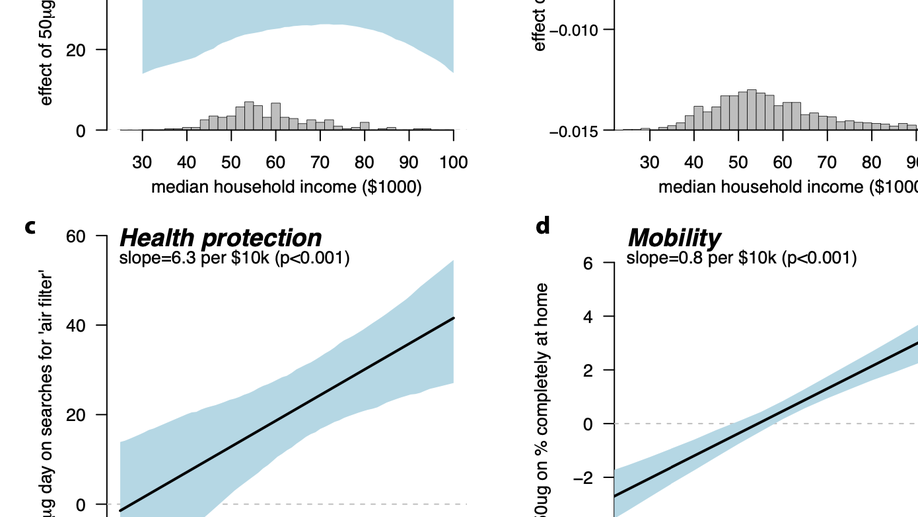
Exposures and behavioural responses to wildfire smoke
Pollution from wildfires constitutes a growing source of poor air quality globally. To protect health, governments largely rely on citizens to limit their own wildfire smoke exposures, but the effectiveness of this strategy is hard to observe. Using data from private pollution sensors, cell phones, social media posts, and internet search activity, we find that, during large wildfire smoke events, individuals in wealthy locations increasingly search for information about air quality and health protection, stay at home more, and are unhappier. Residents of lower income neighborhoods exhibit similar patterns in searches for air quality information but not for health protection, spend less time at home, and have more muted sentiment responses. During smoke events, indoor PM2.5 concentrations often remain 3-4x above health-based guidelines and vary by 20x between neighboring households. Our results suggest that policy reliance on self-protection to mitigate smoke health risks will have modest and unequal benefits.
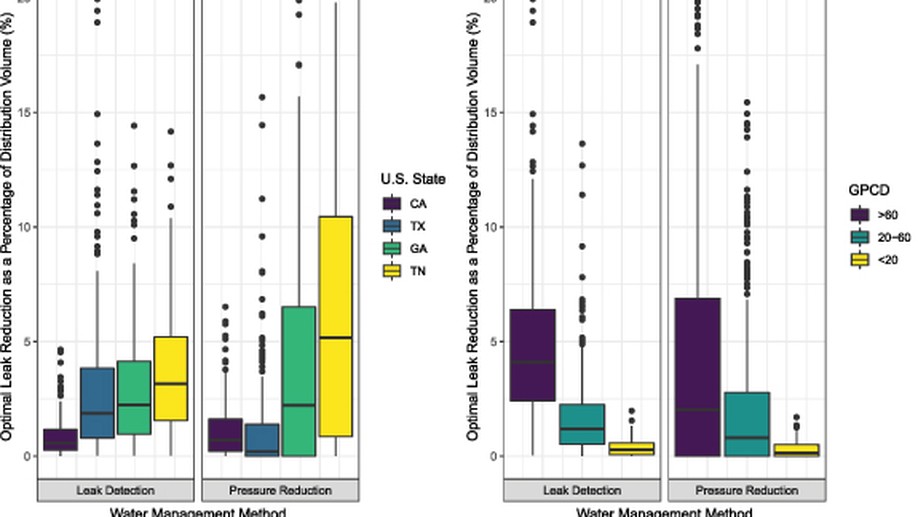
Untapped potential: leak reduction is the most cost-effective urban water management tool
Water leaks management as an efficient urban water saving tool.
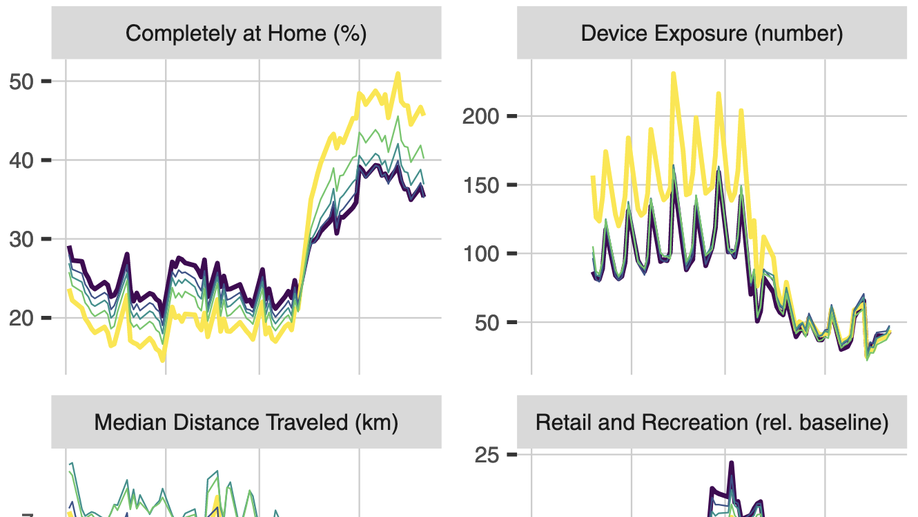
Social distancing responses to COVID-19 emergency declarations strongly differentiated by income
We highlight mobility inequalities during the early stages of the COVID-19 pandemic.
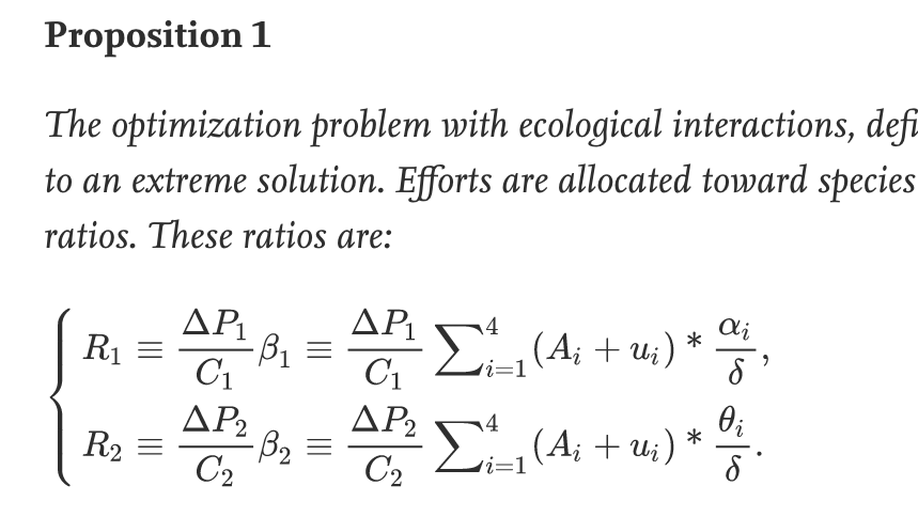
A Cost–Benefit Approach for Prioritizing Invasive Species
Biological invasions entail massive biodiversity losses and tremendous economic impacts that justify significant management efforts. Because the funds available to control biological invasions are limited, there is a need to identify priority species. In this paper, we first review current invasive species prioritization methods and explicitly highlight their strengths and pitfalls. We then construct a cost–benefit optimization framework that offers the theoretical foundations of a simple method for the management of multiple invasive species under a limited budget. We provide an algorithm to operationalize this framework and render explicit the assumptions required to satisfy the management objective.